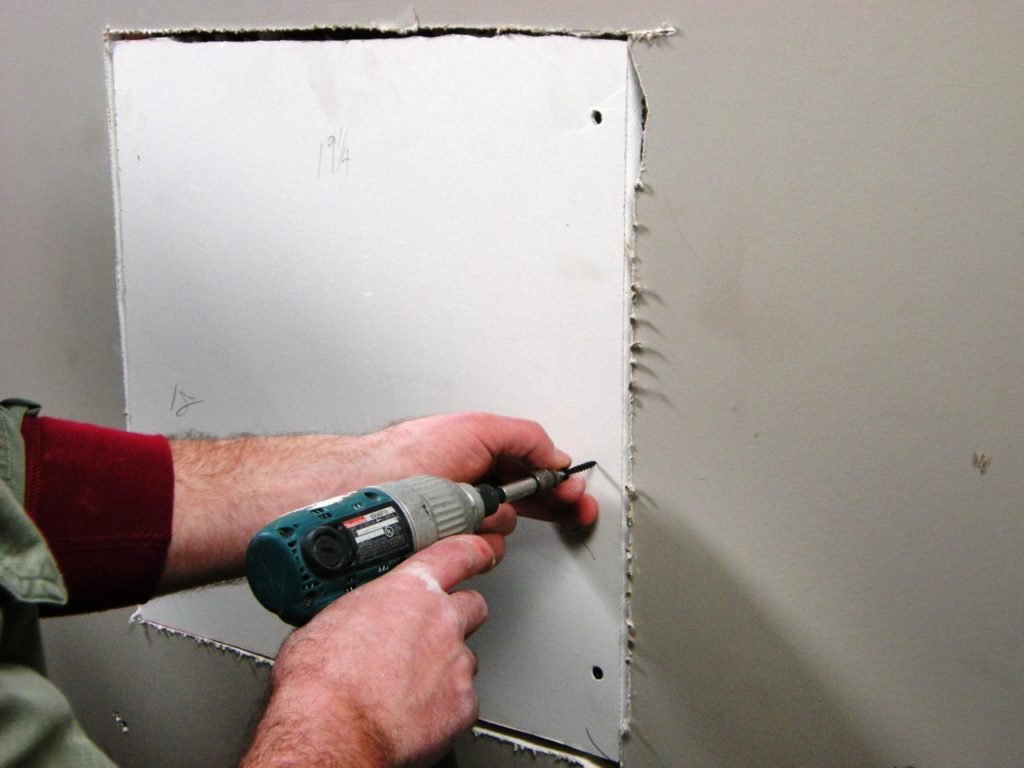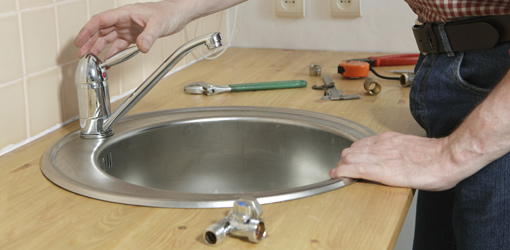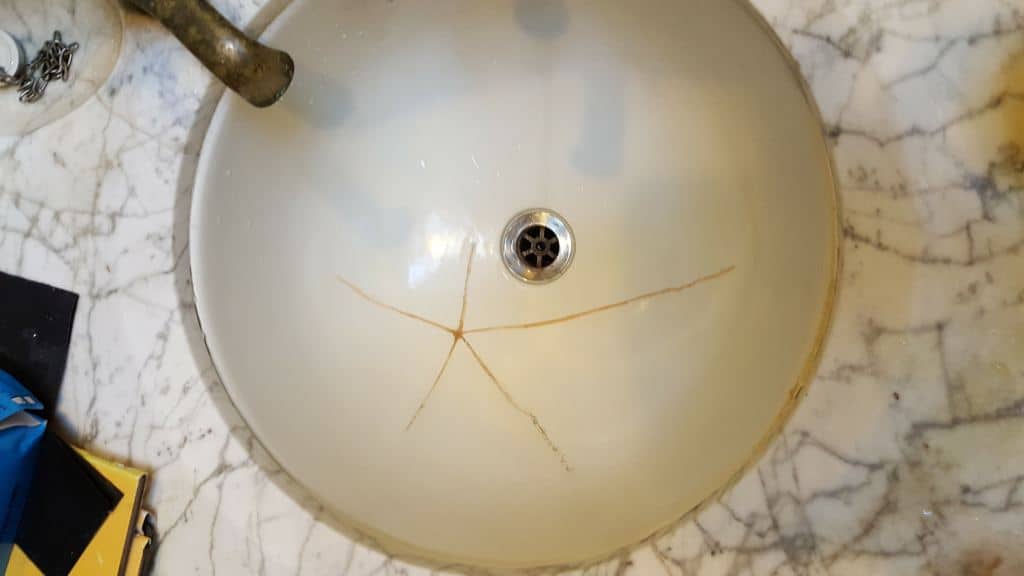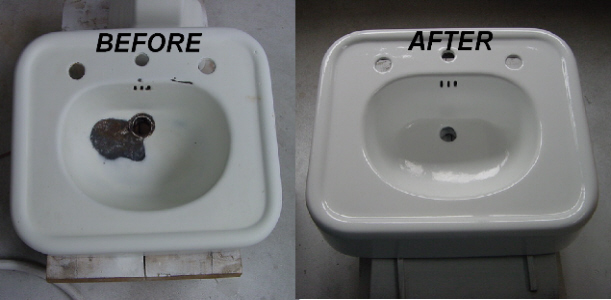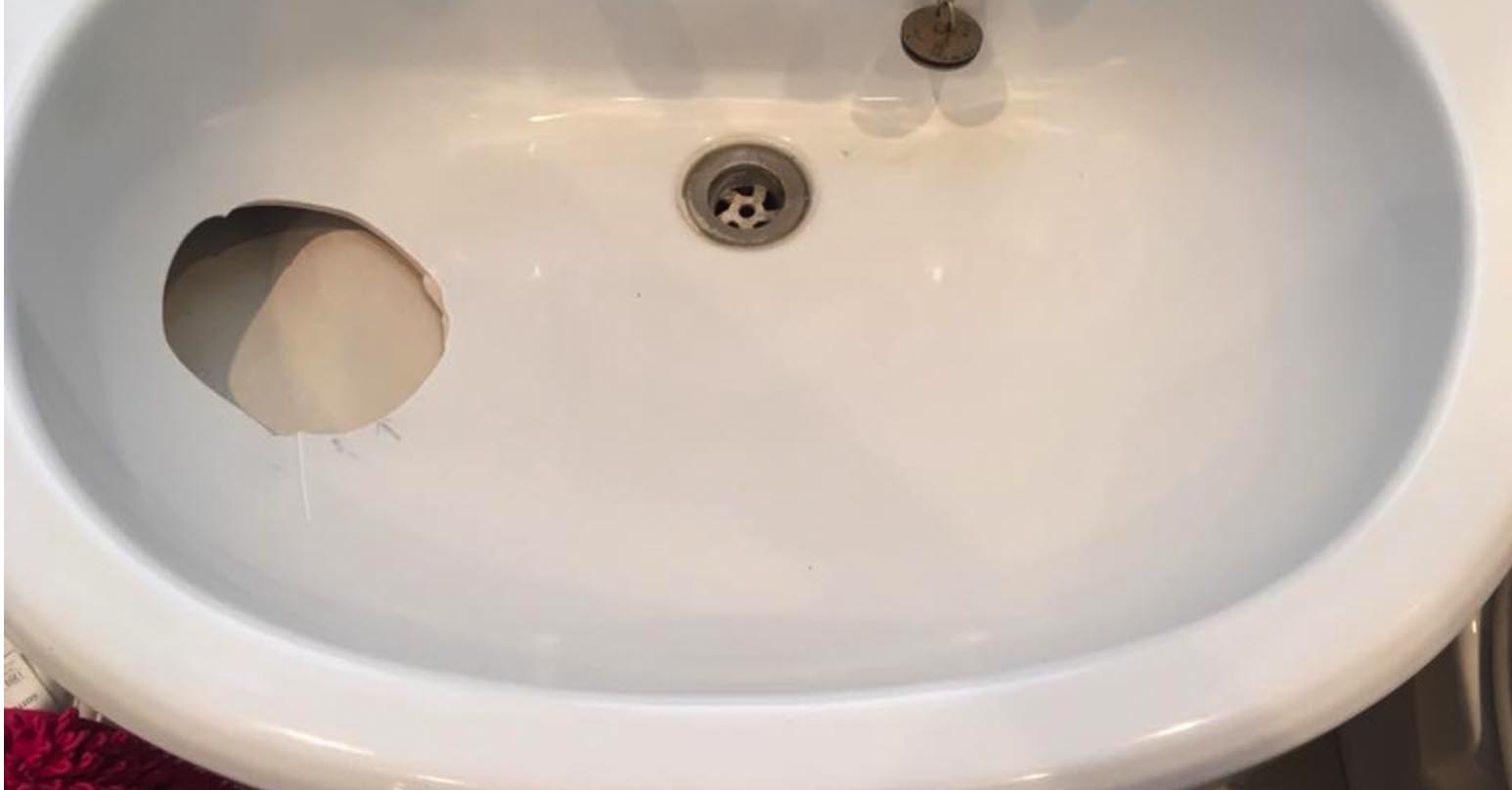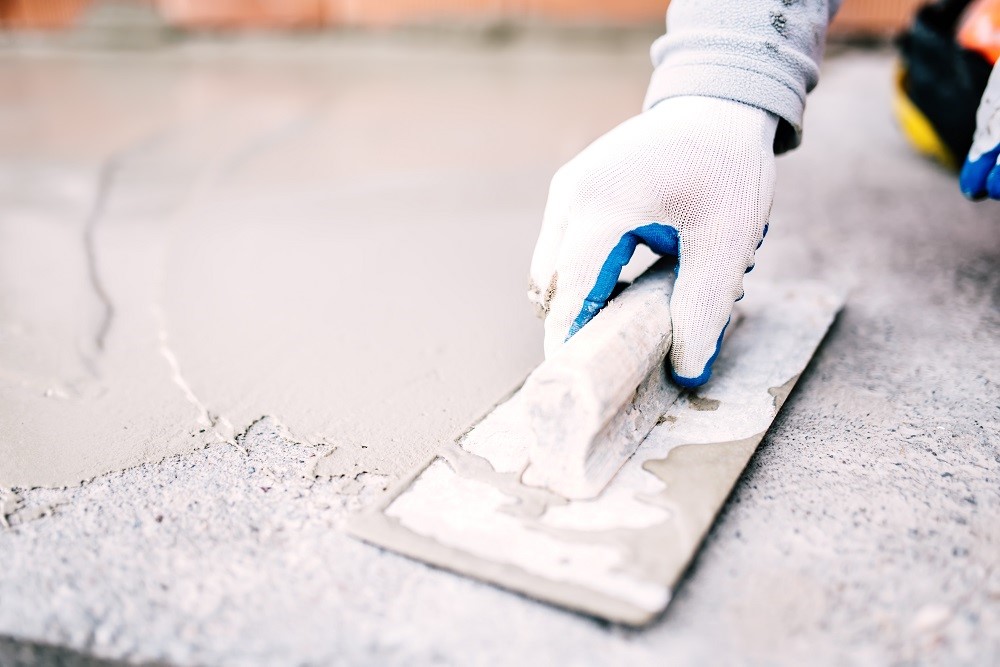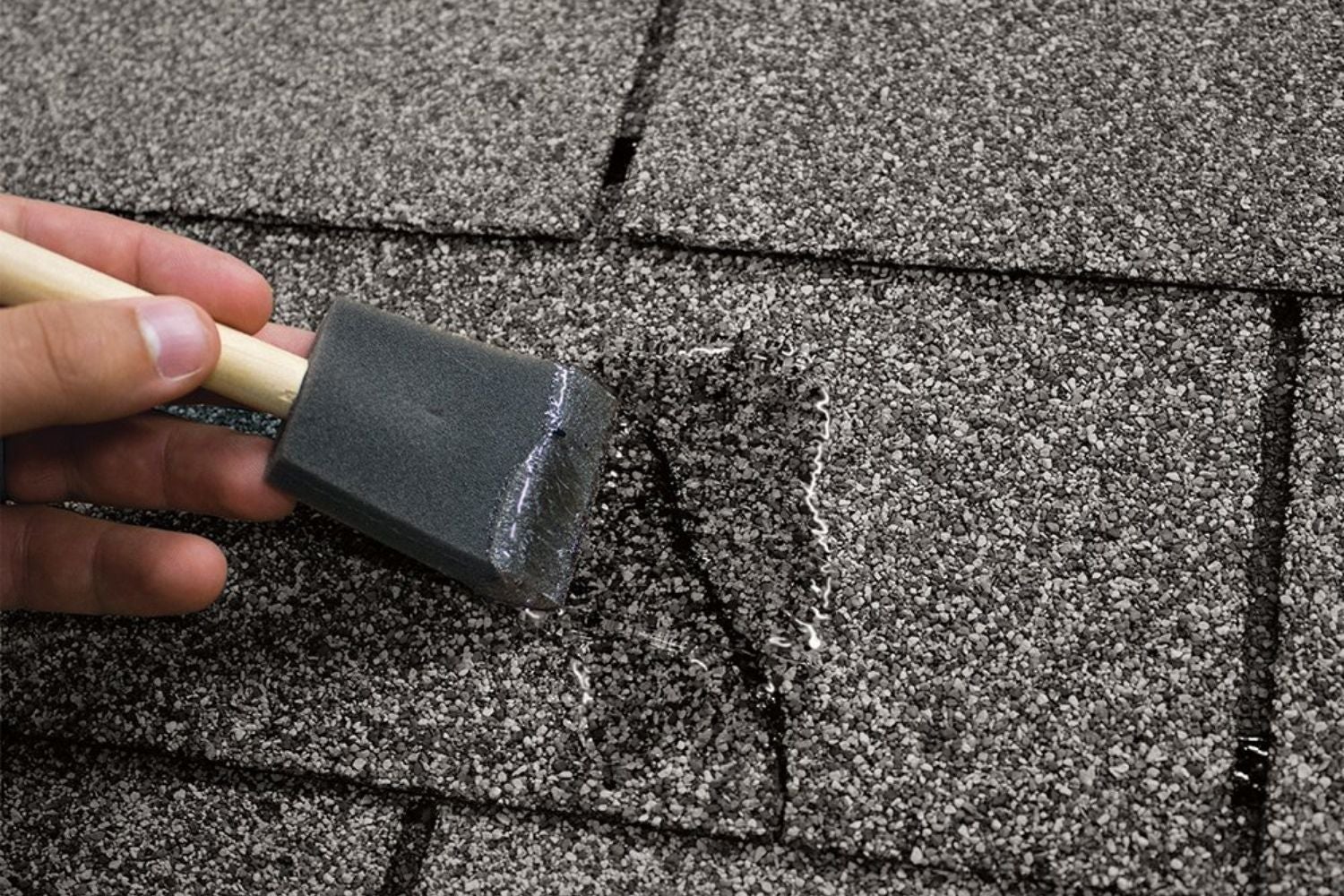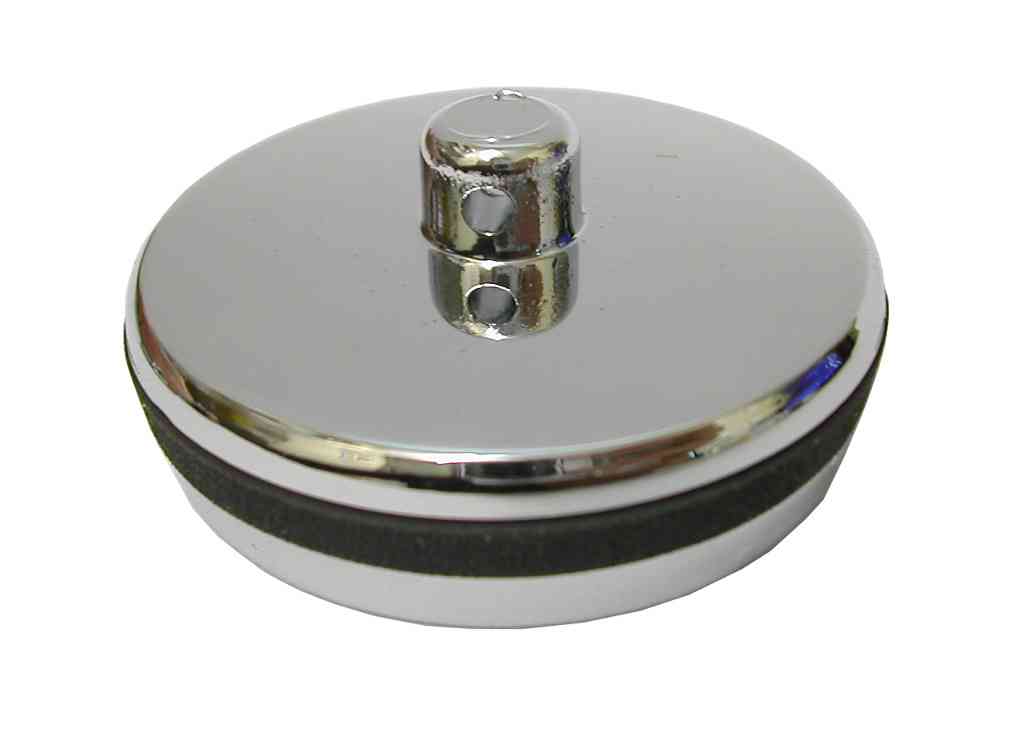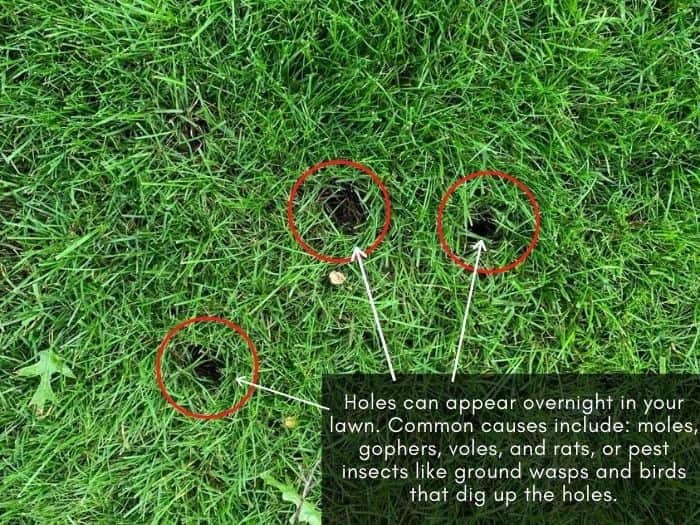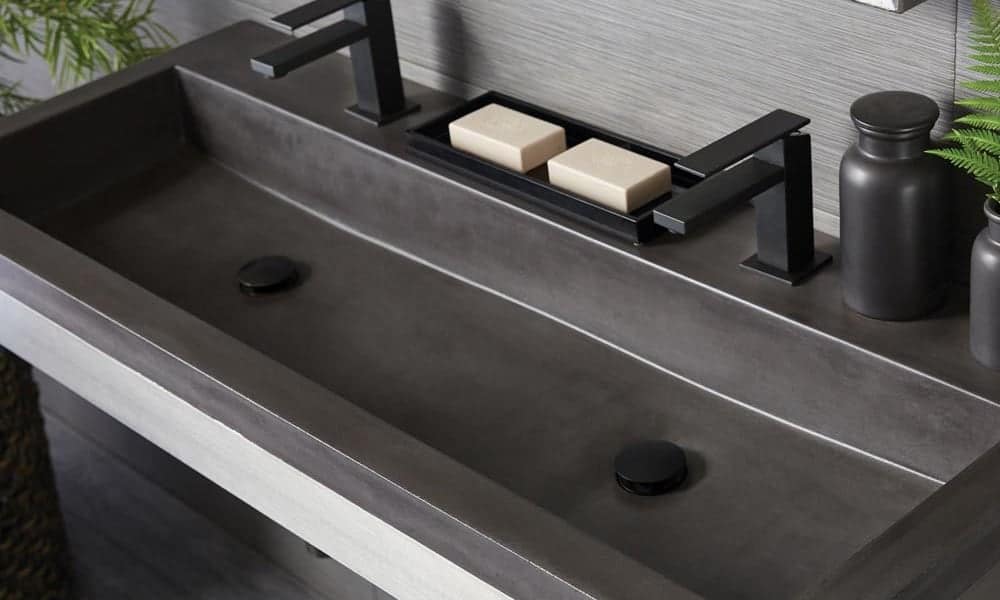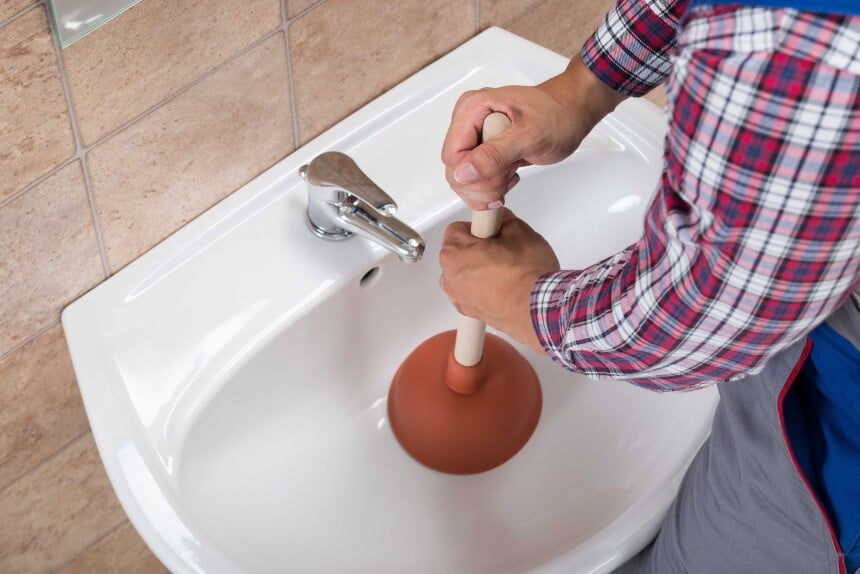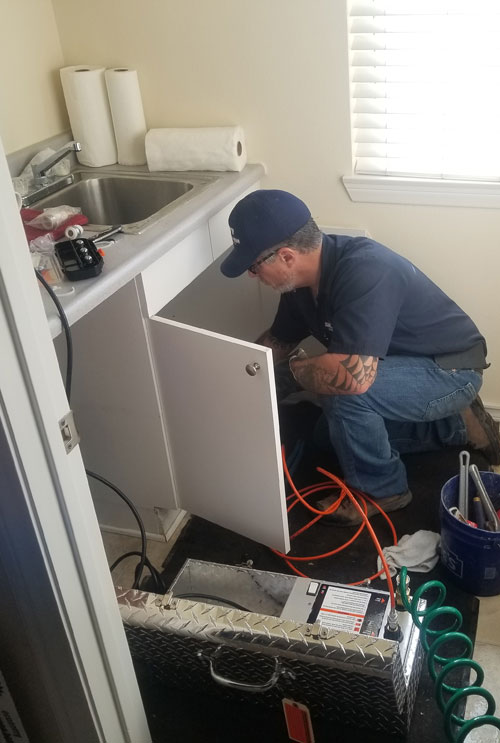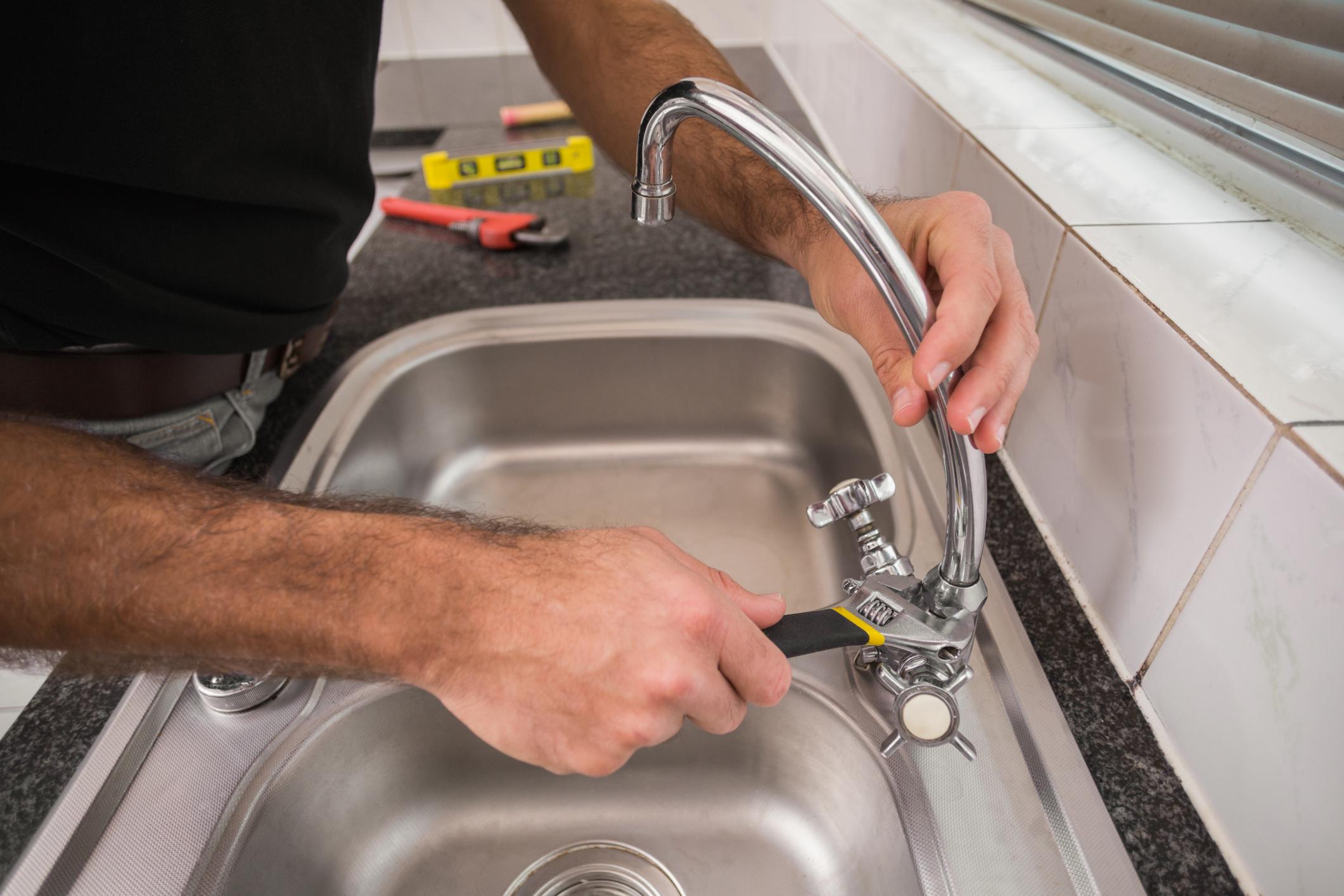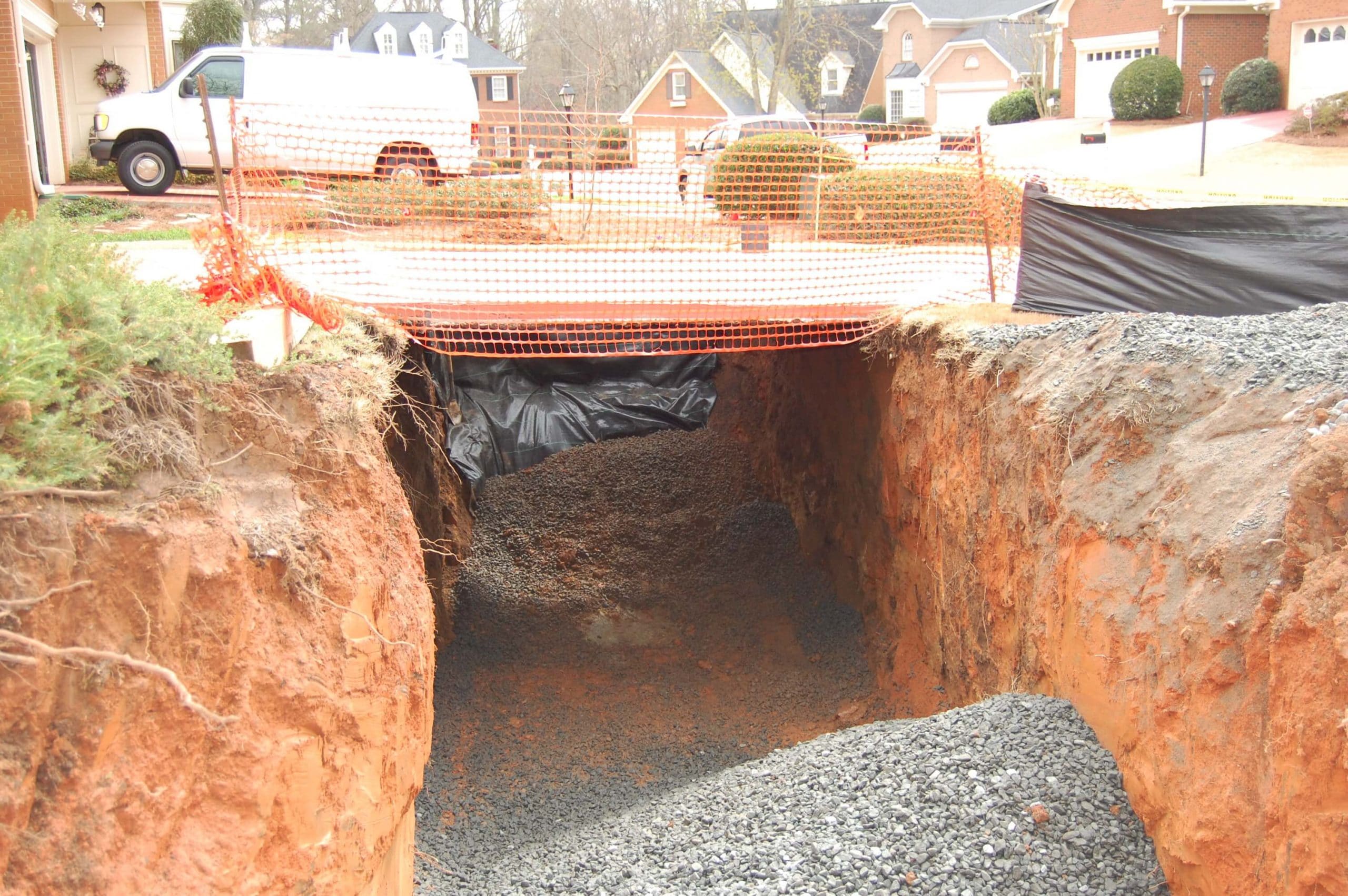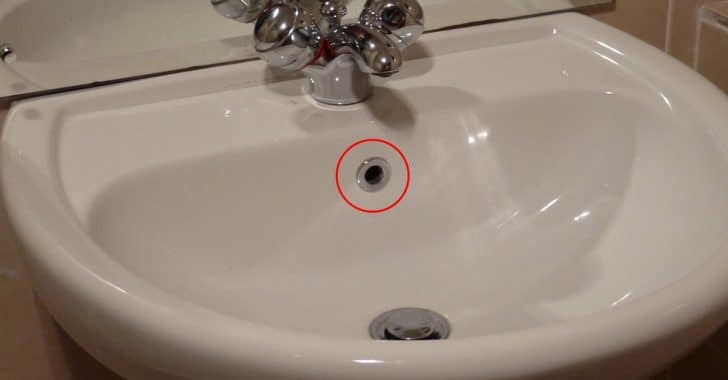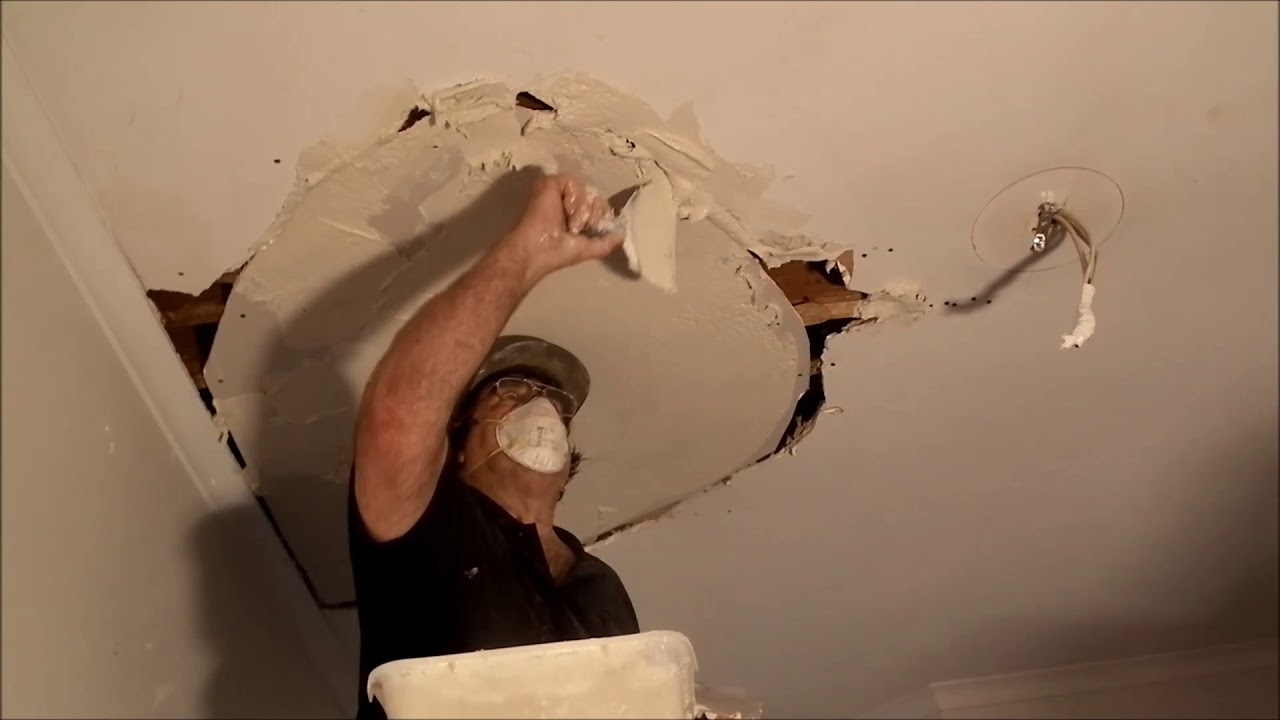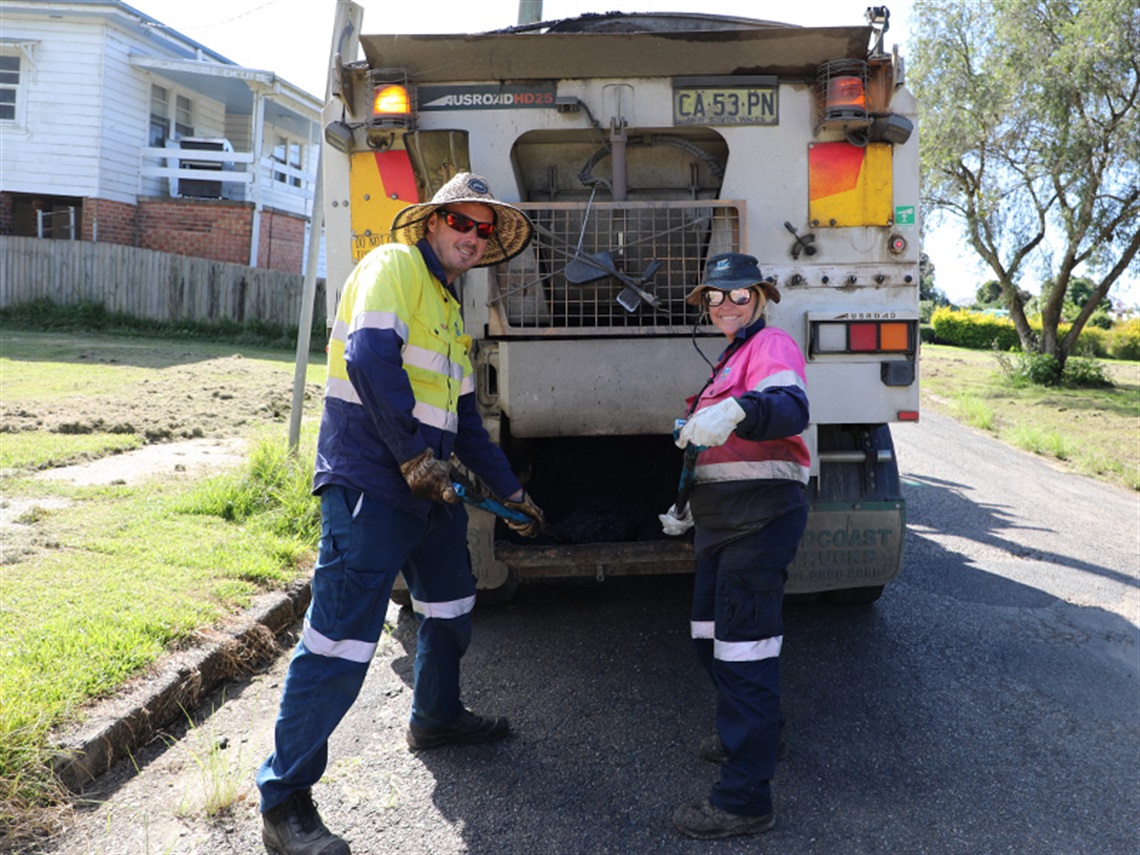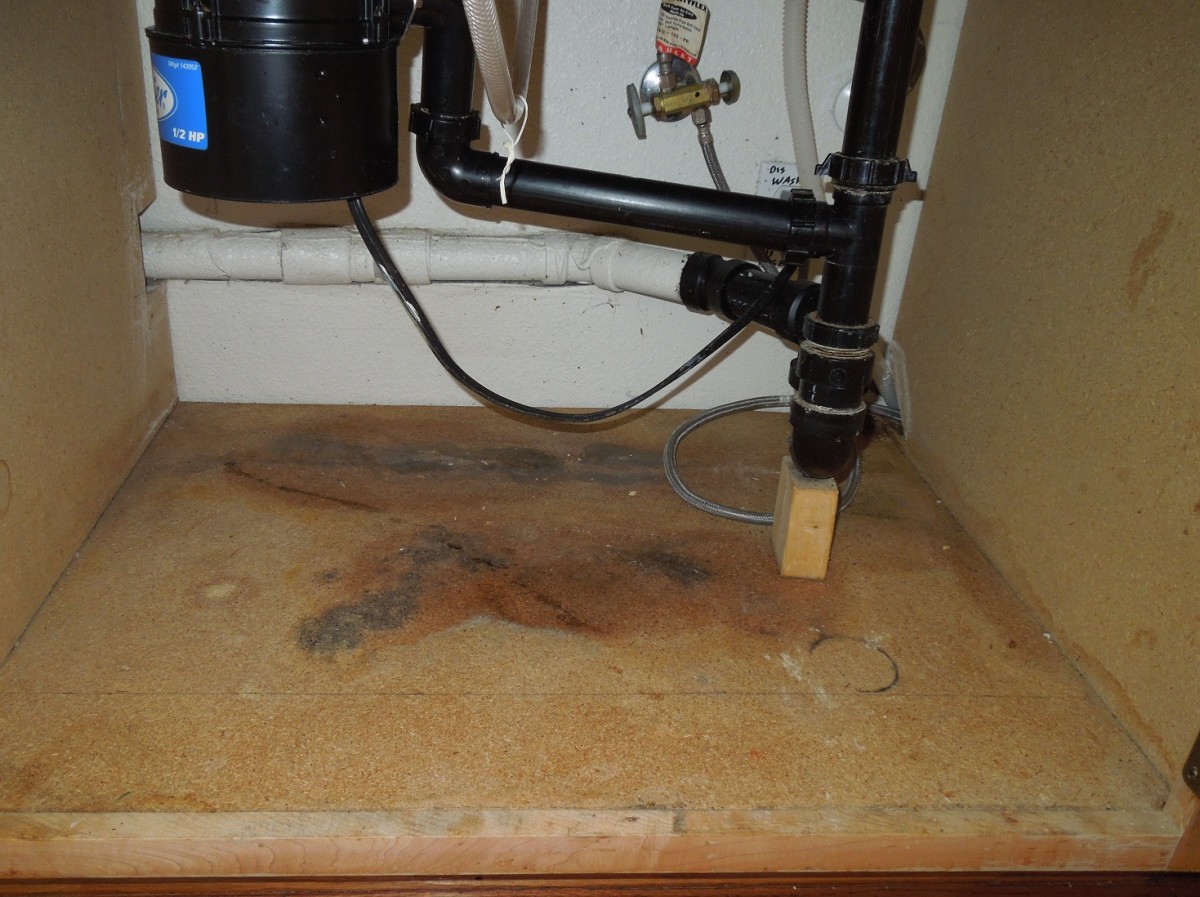Is your bathroom sink sporting an unsightly hole? Don't worry, it's a common problem that can be easily fixed with the right tools and techniques. In this article, we'll walk you through the steps of patching a hole in your bathroom sink so you can restore it to its former beauty. How to Patch a Hole in a Bathroom Sink
If you're a handy person who likes to tackle home repairs on your own, then you'll be happy to know that patching a hole in a bathroom sink is a DIY-friendly project. With a few simple tools and materials, you can quickly and easily fix that pesky hole without breaking the bank. DIY Bathroom Sink Repair: How to Fix a Hole in the Sink
Don't have much time or experience with DIY projects? No problem! Patching a hole in a bathroom sink doesn't have to be a complicated task. In fact, with the right approach, you can have it done in no time. We'll show you the quickest and easiest way to repair a hole in your bathroom sink. Quick and Easy Bathroom Sink Hole Repair
Ready to get started? Here's a step-by-step guide to help you patch a hole in your bathroom sink: Step 1: Clean the area around the hole thoroughly with a mild cleaner and a soft cloth. Step 2: Measure the size of the hole and cut a piece of mesh or metal patch to fit over it. Step 3: Apply a layer of epoxy or putty to the back of the patch and press it firmly over the hole. Step 4: Smooth out any excess putty or epoxy around the edges of the patch. Step 5: Allow the patch to dry completely according to the manufacturer's instructions. Step 6: Once dry, sand down any rough edges of the patch until it is flush with the surface of the sink. Step 7: Apply a coat of enamel or porcelain paint to match the color of your sink and let it dry. Step 8: Seal the patch with a waterproof sealant to prevent any future damage. Step-by-Step Guide for Patching a Hole in a Bathroom Sink
When it comes to patching a hole in a bathroom sink, not all products are created equal. Some work better than others, and it's important to choose the right one for your specific sink material. Here are some of the best products for patching a hole in a bathroom sink: Epoxy or putty: These are great for filling in small holes and can be sanded down to create a smooth surface. Porcelain repair kits: These kits usually come with a filler material and a color-matching paint to create a seamless repair. Mesh or metal patches: These are ideal for larger holes and can be used with epoxy or putty to create a strong and durable repair. Best Products for Patching a Hole in a Bathroom Sink
Now that you know how to patch a hole in a bathroom sink, let's take a look at some common causes of these holes and how to prevent them in the future. Cracks: Cracks in the sink can lead to holes over time. To fix this, you'll need to patch the crack with epoxy or putty and then follow the steps for patching a hole. Rust: If your sink is made of metal, rust can eat away at the surface and create holes. Use a rust converter to stop the rust from spreading and then patch the hole. Impact damage: Sometimes, holes are caused by accidental damage such as dropping a heavy object on the sink. In this case, you'll need to patch the hole as soon as possible to prevent further damage. Common Causes of Holes in Bathroom Sinks and How to Fix Them
Prevention is always better than cure when it comes to home repairs. Here are some tips to help you prevent holes from occurring in your bathroom sink: Use a cutting board: Avoid cutting or chopping directly on the sink surface as this can cause scratches and eventually lead to holes. Avoid harsh chemicals: Harsh chemicals can corrode the surface of your sink, so opt for gentle cleaners instead. Be careful with heavy objects: Don't place heavy or sharp objects on your sink, and be careful when washing dishes or doing other tasks that may cause impact damage. Regularly inspect and maintain your sink: Keep an eye out for any cracks or signs of wear and tear on your sink, and address them promptly to prevent holes from forming. Tips for Preventing Holes in Your Bathroom Sink
If you're not confident in your DIY skills, or if the hole in your sink is too large or complex to repair on your own, it's best to seek professional help. A plumber or bathroom repair specialist will have the necessary tools and expertise to fix the hole in your sink and ensure a long-lasting repair. Professional Bathroom Sink Hole Repair Services
Porcelain sinks are a popular choice for bathrooms, but they can be a bit trickier to patch compared to other materials. Here's how to patch a hole in a porcelain bathroom sink: Step 1: Clean the area around the hole with a mild cleaner and a soft cloth. Step 2: Use a porcelain repair kit to fill in the hole, following the manufacturer's instructions. Step 3: Once the filler has dried, sand it down until it is smooth and flush with the sink surface. Step 4: Apply a porcelain paint to match the color of your sink and let it dry. Step 5: Seal the patch with a waterproof sealant to prevent any future damage. How to Patch a Porcelain Bathroom Sink
Now that you know how to patch a hole in a bathroom sink, here are a few final things to keep in mind: Choose the right products: Make sure to use products that are safe and recommended for your specific sink material. Follow the instructions carefully: Whether you're using a DIY repair kit or professional services, it's important to follow the instructions carefully for the best results. Be patient: Allow enough time for the filler and paint to dry before using your sink again to ensure a strong and durable repair. With these tips and techniques, you can easily patch a hole in your bathroom sink and restore it to its former glory. Remember to regularly inspect and maintain your sink to prevent holes and other damage, and don't hesitate to seek professional help if needed. With a little effort and know-how, your bathroom sink can look good as new in no time. Patching a Hole in a Bathroom Sink: What You Need to Know
Patch a Hole in Your Bathroom Sink with These Simple Steps

Introduction
 A bathroom sink is an essential part of any house design, providing a functional and stylish element to the space. However, over time, sinks can develop cracks or holes due to wear and tear, which can be unsightly and affect the sink's functionality. If you are facing this issue, don't worry because
patching a hole in your bathroom sink is a simple and inexpensive fix
that can be done at home. In this article, we will guide you through the process step-by-step and give you some professional tips to ensure a successful repair.
A bathroom sink is an essential part of any house design, providing a functional and stylish element to the space. However, over time, sinks can develop cracks or holes due to wear and tear, which can be unsightly and affect the sink's functionality. If you are facing this issue, don't worry because
patching a hole in your bathroom sink is a simple and inexpensive fix
that can be done at home. In this article, we will guide you through the process step-by-step and give you some professional tips to ensure a successful repair.
Step 1: Gather the Necessary Materials
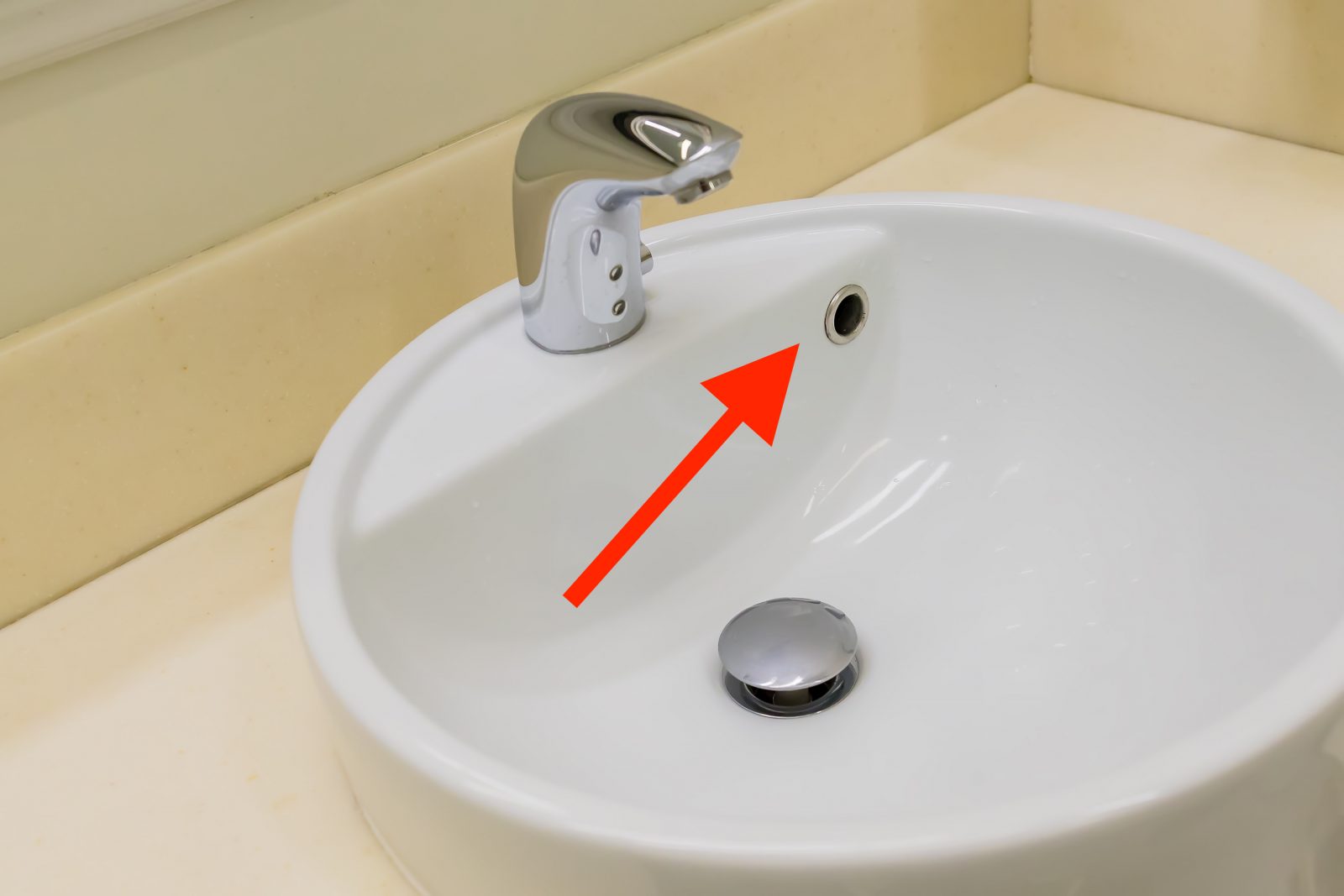 Before you begin the repair, it is essential to have all the materials on hand. This includes
sandpaper, epoxy filler, putty knife, and a waterproof sealant
. You can easily find these items at your local hardware store or online. It is crucial to choose the right type of epoxy filler and sealant for your sink's material to ensure a secure and long-lasting repair.
Before you begin the repair, it is essential to have all the materials on hand. This includes
sandpaper, epoxy filler, putty knife, and a waterproof sealant
. You can easily find these items at your local hardware store or online. It is crucial to choose the right type of epoxy filler and sealant for your sink's material to ensure a secure and long-lasting repair.
Step 2: Prepare the Sink
 Start by cleaning the sink thoroughly with a mild cleaner and warm water. This will remove any dirt, grime, or soap residue from the surface, allowing the filler to adhere properly. Next, use the sandpaper to gently sand around the hole to create a rough surface for the epoxy filler to bond with.
Make sure to wear gloves and a mask to protect yourself from any dust or debris
.
Start by cleaning the sink thoroughly with a mild cleaner and warm water. This will remove any dirt, grime, or soap residue from the surface, allowing the filler to adhere properly. Next, use the sandpaper to gently sand around the hole to create a rough surface for the epoxy filler to bond with.
Make sure to wear gloves and a mask to protect yourself from any dust or debris
.
Step 3: Fill the Hole
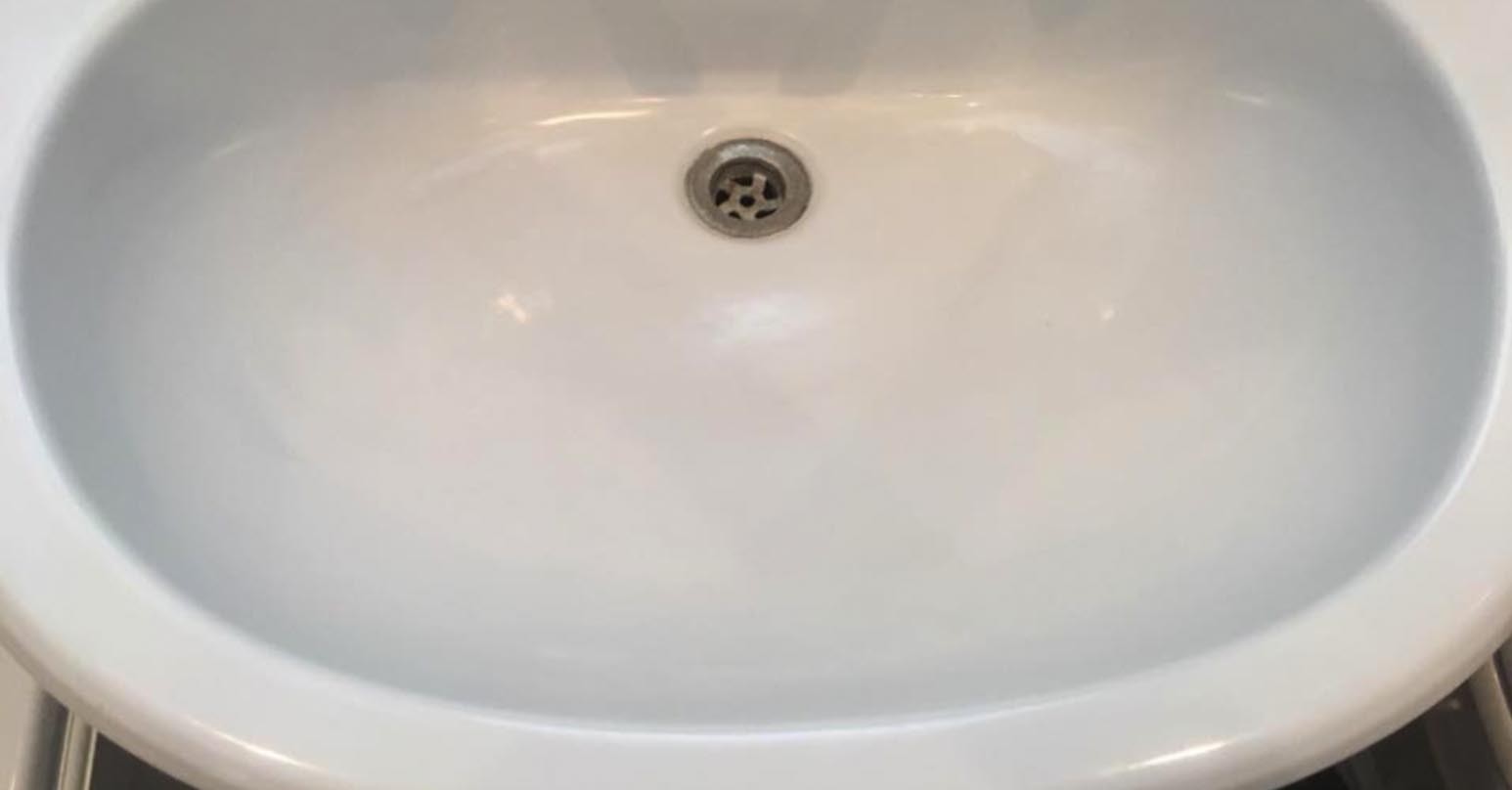 Using the putty knife,
apply the epoxy filler to the hole
, making sure to fill it completely and evenly. You can use the knife to smooth out the surface and remove any excess filler.
Allow the filler to dry completely according to the manufacturer's instructions
.
Using the putty knife,
apply the epoxy filler to the hole
, making sure to fill it completely and evenly. You can use the knife to smooth out the surface and remove any excess filler.
Allow the filler to dry completely according to the manufacturer's instructions
.
Step 4: Sand and Seal
 Once the filler is dry, use the sandpaper again to smooth out any rough edges or bumps. Wipe away any dust or debris and then
apply a waterproof sealant over the repaired area
. This will not only protect the filler but also prevent any future leaks or water damage.
Once the filler is dry, use the sandpaper again to smooth out any rough edges or bumps. Wipe away any dust or debris and then
apply a waterproof sealant over the repaired area
. This will not only protect the filler but also prevent any future leaks or water damage.
Step 5: Let it Cure
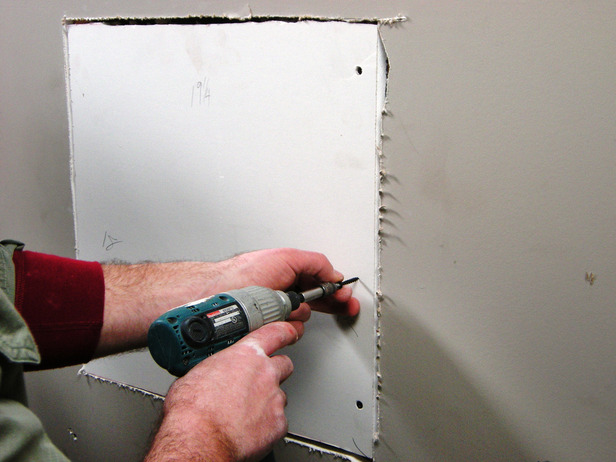 It is essential to
let the sealant cure for at least 24 hours
before using the sink again. This will ensure that the repair is fully set and secure.
It is essential to
let the sealant cure for at least 24 hours
before using the sink again. This will ensure that the repair is fully set and secure.
In Conclusion
 Patching a hole in your bathroom sink is a simple and cost-effective solution that can save you from having to replace the entire sink. With the right materials and a little patience, you can achieve a professional-looking repair that will last for years to come.
Don't let a small hole ruin the look and functionality of your bathroom sink
. Follow these steps, and you will have your sink looking as good as new in no time.
Patching a hole in your bathroom sink is a simple and cost-effective solution that can save you from having to replace the entire sink. With the right materials and a little patience, you can achieve a professional-looking repair that will last for years to come.
Don't let a small hole ruin the look and functionality of your bathroom sink
. Follow these steps, and you will have your sink looking as good as new in no time.



